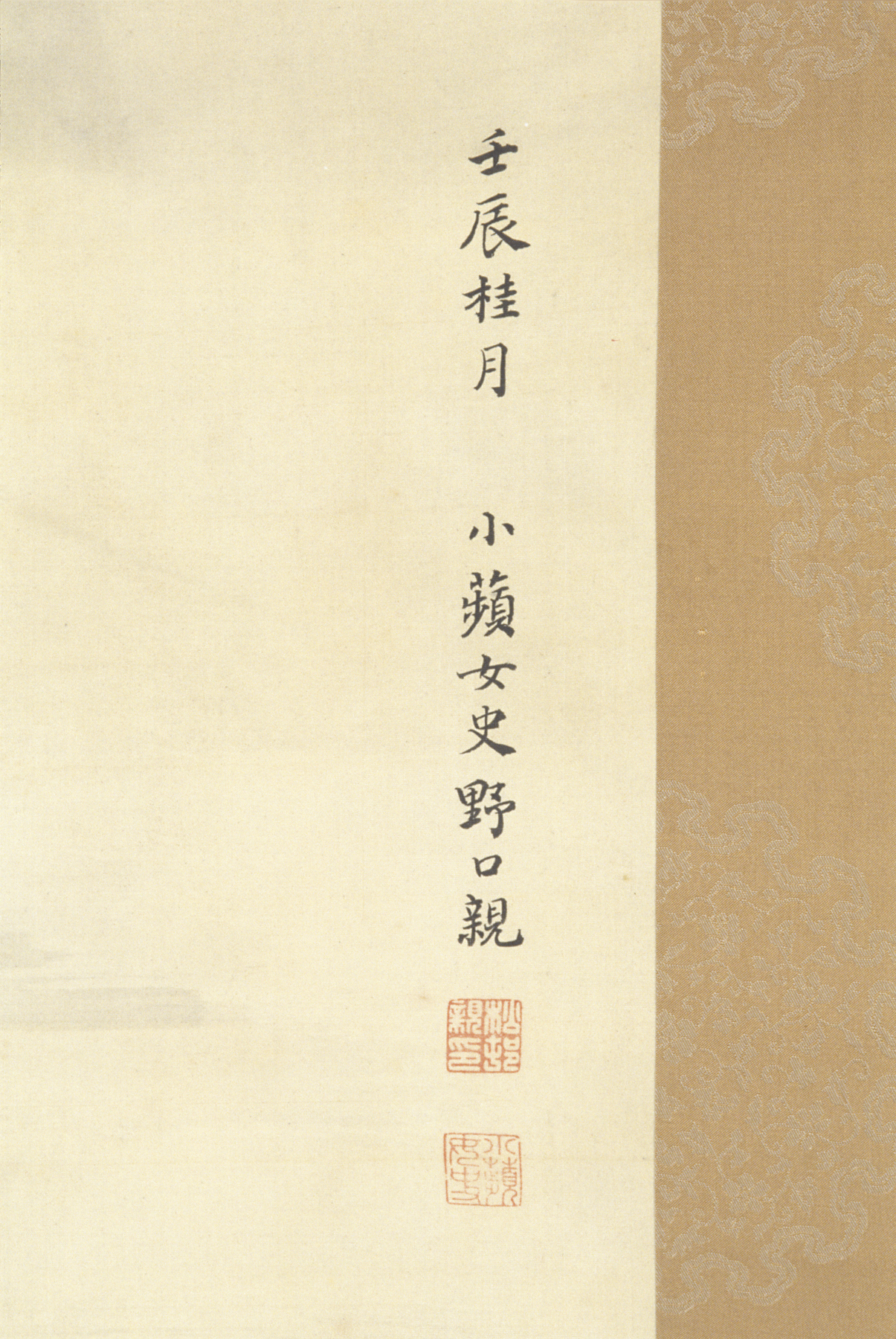Landscape, Noguchi Shōhin
Artwork Overview
Noguchi Shōhin, artist
1847–1917
Landscape,
1892, Meiji period (1868–1912)
Where object was made: Japan
Material/technique: ink; color; silk; ivory
Dimensions:
Image Dimensions Height/Width (Height x Width): 157 x 70.3 cm
Image Dimensions Height/Width (Height x Width): 61 13/16 x 27 11/16 in
Mount Dimensions (Height x Width x Depth): 239.5 x 87.2 cm
Mount Dimensions (Height x Width x Depth): 94 5/16 x 34 5/16 in
Roller Dimensions (Width x Diameter): 94.7 x 3.7 cm
Roller Dimensions (Width x Diameter): 37 5/16 x 1 7/16 in
Image Dimensions Height/Width (Height x Width): 157 x 70.3 cm
Image Dimensions Height/Width (Height x Width): 61 13/16 x 27 11/16 in
Mount Dimensions (Height x Width x Depth): 239.5 x 87.2 cm
Mount Dimensions (Height x Width x Depth): 94 5/16 x 34 5/16 in
Roller Dimensions (Width x Diameter): 94.7 x 3.7 cm
Roller Dimensions (Width x Diameter): 37 5/16 x 1 7/16 in
Credit line: Museum purchase: R. Charles and Mary Margaret Clevenger Fund
Accession number: 2000.0066
Not on display
If you wish to reproduce this image, please submit an image request


